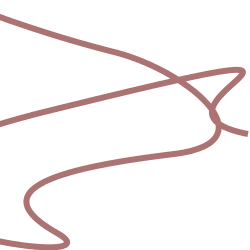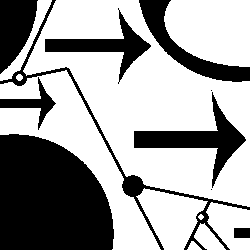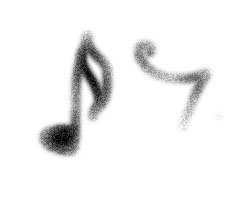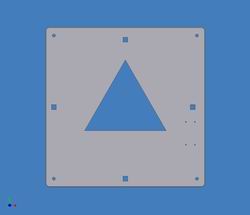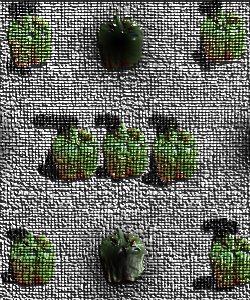Two short pieces here I finished about a month and a month-and-a-half ago respectively; one I think a not unsuccessful attempt at, admittedly, a genre without incredibly high standards of acceptance, that of the waltz-set:
5 Waltzes ( ps | pdf )
Anyway, the point was to try and be a little bit lyrical, and I don’t think I fell flat on my face (saying that they’re not particularly inspired lines).
And the second piece, which I have, I think, almost no time for excepting an odd rhythmical artefact that people might notice in bar 9 that doesn’t occur in bar 11, even though they are precisely the same. Unless my playing’s deteriorated to the extent that I have developed some accenting pathology. I should be able to have more fun with this effect in future (I’m not saying that it hasn’t been done before; it is, however, something that as an effect is new to me).
Lullaby ( ps | pdf )
Oh yes, now, without committing to anything, I wish to explain that though these pieces are rather a further step down the path of the trivialisation and miniaturisation I have tried rather hard to avoid, I had not put much time in to writing music when I wrote them and, as such, these are my just desserts, but that they do not in any event signify where I am going, nor where I wish to go, merely that I am, in fact, at least so obliging to myself so as to trundle along doing something where I can.
And, for those of the world with an interest in what I’ve been doing musically in the month or so since I wrote these things; I have put together several rather more substantial (but still, alas, miniature) pieces. They’ll find their way here in their own good time. Trying to become more harmonic. Succeeding, I think, but I’m going to have soon to make some concerted efforts to introduce some rhythm and polyphony else ways I’ll end up writing pseudo-chorales for the rest of my days, and then where would I be?
Also, prepare yourself for a JOKE, tomorrow, courtesy of a clarinettist.


